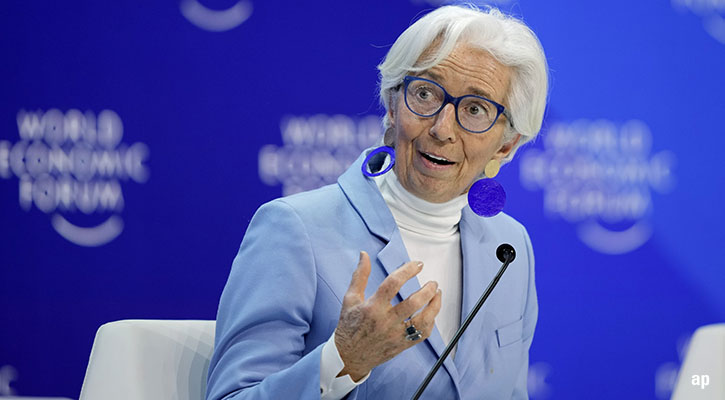There are many ways to reduce the risk of loss through diversification: diversification across asset classes (U.K. shares, European shares, bonds, property, etc.), individual companies, and economic sectors are among the most prominent. In some respects, purchasing an investment fund goes a long way towards addressing the need for diversification. Most funds spread their bets across a range of securities and economic sectors, and some offer multi-asset class exposure.
But even assuming that your investment programme is designed to offer you adequate diversification across asset classes, many individual stock funds do not provide sufficient diversification across the equity universe. That’s where the Morningstar style box and our style-based fund categories can help.
an style="color: rgb(204, 51, 51); font-weight: bold;">Defining Style
A stock fund’s investment style can be thought of as having two main parameters: (1) Company size, as represented by the market-capitalisation range the fund typically invests in, and (2) the type of company a fund invests in, as represented by the level of its valuation and its growth trajectory. (The market capitalisation of a company is the number of shares of stock outstanding multiplied by the company's share price.)
A manager may invest in companies of any size, or he may focus only on large-caps, mid-caps, or small-caps. In addition, value managers search for companies that appear to be trading at prices that are appear cheap, while growth managers place greater emphasis on finding companies with high future growth expectations and less emphasis on price. (Not all funds fit so neatly into growth or value. Many UK managers use a style that lands somewhere in between growth and value, or buy a range of growth and value companies for their funds.)
How to Determine Your Fund’s StyleThe Morningstar style box can help you easily evaluate a fund’s style. The style box is divided into a three-by three grid, with three rows representing (from top to bottom) large-cap, mid-cap and small-cap, and three columns representing (from left to right) value, blend and growth. We collect the complete portfolio holdings for funds, and use this information to calculate a fund’s market-cap and style-exposure. Based on that data, each fund’s aggregate portfolio position is plotted in the style box. For example, Fidelity Special Situation Fund’s Aug 31, 2005 portfolio is classified as mid-cap blend. (The determination of a fund’s style is measured based on an evaluation of 10 distinct factors, five related to valuation, and five related to growth. Click here to learn more about the methodology behind the Morningstar style box).
While the style box gives you a concise assessment of a fund’s investment style as of its last portfolio date, we assign funds to Morningstar categories based on up to three years worth of portfolio data. Thus, a fund’s category assignment should give you a better idea of the fund’s typical investment style over a longer period.
Why Style MattersSo why does all this matter, you might well ask. First, a stock fund’s investment style will partially determine its level of risk relative to other funds with substantially similar asset allocations. In general, funds that invest in smaller companies are more volatile than those that invest in larger companies, and funds that emphasise growth stocks tend to be more volatile than value funds. The average fund in Morningstar’s UK small-cap category has a five-year standard deviation of returns of 18.3%. The average UK large-value fund tracked by Morningstar has a standard deviation of 13.6% over the same period, while the average UK large-growth fund has a standard deviation of 14.6%.
As—and possibly more--significant, is the fact that different investment styles often “work” at different points in the market cycle. In 1997 and 1998, for example, UK large-caps easily outperformed UK mid caps and small caps. But over the past three and five-year periods, small caps have led the way. In a similar vein, the average UK large-value fund has outperformed the average UK large-growth fund by a margin of nearly 4.5 percentage points per year over the same period.
Timing such swings accurately is difficult even for experienced professionals, and trying to do so can run up trading costs quickly. Instead, investors should ensure they own a portfolio of funds that is sufficiently diversified across styles to help smooth out style-based return differentials, while still meeting their long-term investment goals. Monitoring your funds’ styles can help you make sure that you’re not taking on unintended risk by over-exposing your portfolio to any one area of the market.
Assessing Your Style RiskYou can quickly assess your style-risk by examining the style boxes and Morningstar categories for each of your funds, but you can also use Morningstar.co.uk’s portfolio tracker (a free service) to obtain a more sophisticated analysis. Simply enter your portfolio of funds into the system, and then select the “Portfolio X-Ray” tab at the top of the page. The section titled “Style Box Diversification” will tell you the precise percentage of your equity portfolio (across all your funds) that is allocated to each style.



























